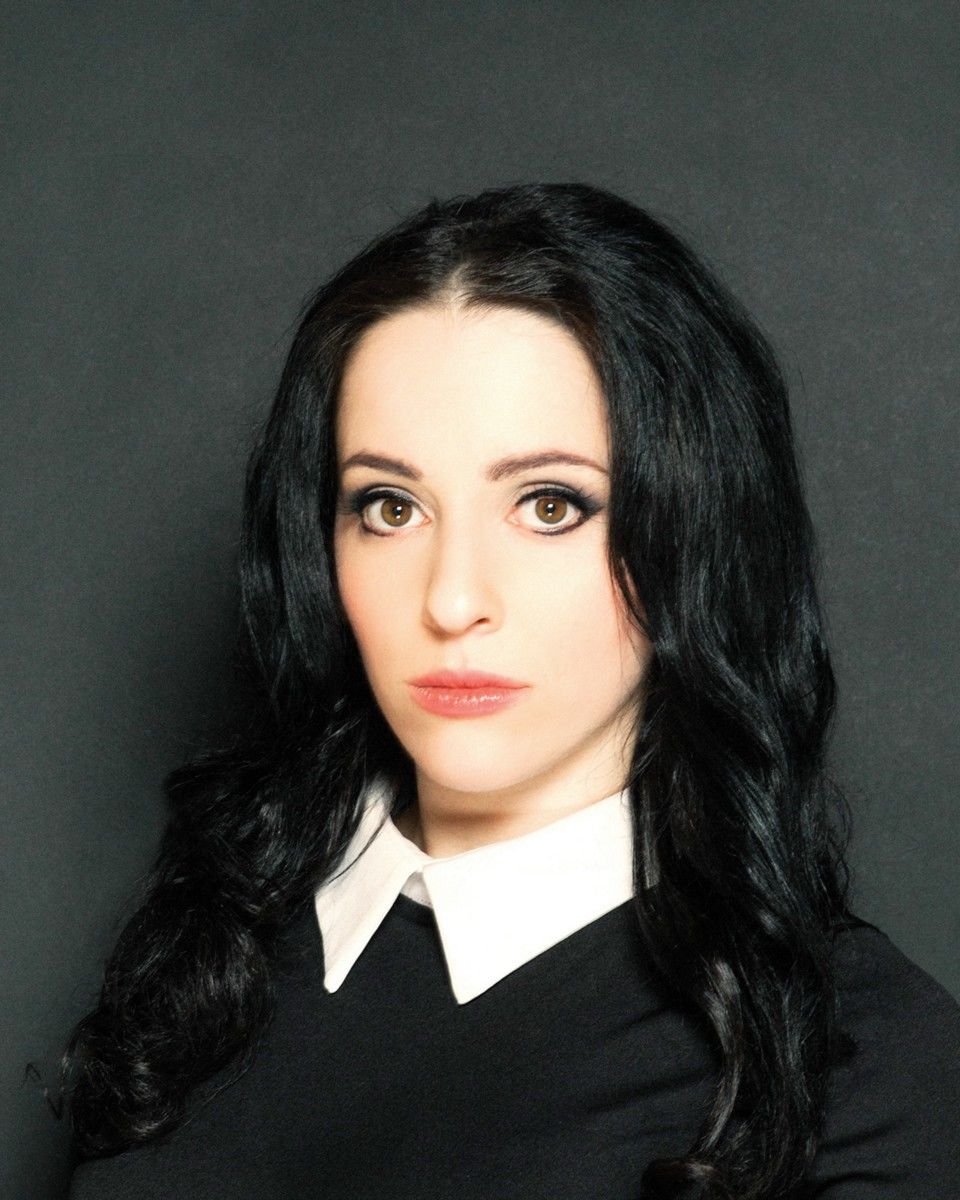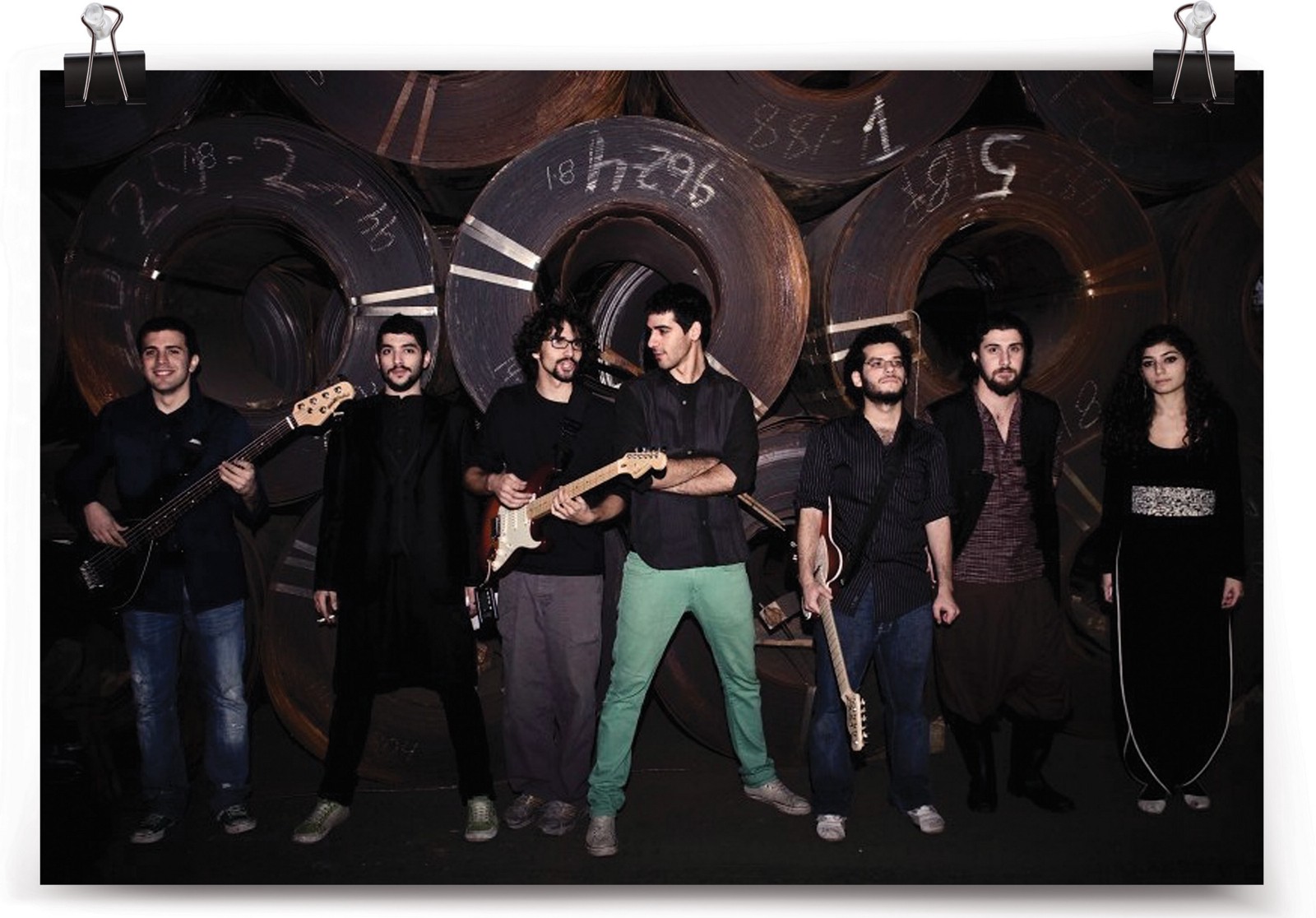
Through intricate, vibrant illustration and immersive reporting, artist and writer Molly Crabapple has given voice to her generation’s most pressing social problems and the radicals working to end them. In Vice, the Guardian, and others, Crabapple has written on the Syrian Civil War and on Guantánamo Bay. In her illustrations and paintings, exhibited widely and in the permanent collection of the Museum of Modern Art, she has depicted dissidents in Egypt and Greece and on Wall Street. Her illustrated memoir, Drawing Blood, was published last year, and she is currently at work on an account of life under ISIS in Syria, written in collaboration with Syrian journalist Marwan Hisham.

Book
No Good Men Among the Living: The Afghan War Through Afghan Eyes: In his first book, journalist Anand Gopal writes from the perspective of three sources—a United States-backed warlord, a Taliban commander, and a housewife—to chart how the American military presence in Afghanistan after 9/11 unwittingly ushered in the Taliban’s resurgence.
Why: “What Gopal does really, really well in this book is, by delving deeply into people’s individual stories, show that each of the three main characters was, at various times, a civilian, an American ally, and someone assisting the Taliban. When you’re living in a war zone such as Afghanistan, survival is your priority, not [fitting] the ideological boxes that Americans so often put the residents of countries [into that] they invade.”
Website
Tits and Sass: A Web publication written by and for sex workers, Tits and Sass features sharp investigative pieces, elegiac essays, and witty commentary on topics ranging from blood donations to pop-culture stereotypes.
Why: “There was this one piece by Peech, who is an extraordinary writer as well as, like Angelou herself, a black former sex worker, after Maya Angelou died that was so beautifully written. It was about how Maya Angelou had been a sex worker, how she had never denied it or tried to hide it, and how this part of her had been erased as she became respectable.”
Poet
Mahmoud Darwish: Mahmoud Darwish (1942–2008) was a Palestinian poet who has been called “the voice of the Palestinian Diaspora.” Darwish lived in exile from his occupied home country for 26 years and wrote about displacement; today, his verses are scrawled on the walls of the Aida refugee camp near Bethlehem on the West Bank, according to Crabapple.
Why: “In one of his poems—in English it’s called ‘On This Land’—he makes a list of the things that justify life, in his opinion. With so few words, he summons up a world that’s deeply rooted, intellectual, sensuous, and built on rebellion, humanism, and books. I just love that poem. I’ve memorized it.”
Book
The Crimson Petal and the White: Michael Faber’s 2002 novel follows a London prostitute who is “absolutely brilliant and incredibly empathetic,” according to Crabapple, as she climbs her way up Victorian England’s rigid class hierarchy, a world of what she calls “cruel, mediocre men.
Why: “It’s such an interesting story because it uses the sex worker’s rise as a way to show a class panorama of London. It makes you feel really, really bad for liking Victorian England—right from the beginning, where it uses a clever narrative device [that situates you, the reader] in an incredibly violent, dirty, and impoverished place, and it’s not where you thought you’d be at all.”
Artist
Chittaprosad: Leftist Indian political artist Chittaprosad is perhaps most famous for documenting the Bengal Famine with “devastating” woodcuts and sketches that ran in communist publications. His pamphlet Hungry Bengal, which defied the British occupying government, was even burned in his lifetime.
Why: “One of the things that attracts me to certain artists is how they can encompass a whole world in their work and reject narrow categorization. I feel that Chittaprosad really did that. His most famous work is a series of banned pictures of the Bengal Famine that the British burned. But he did kids’ books, political posters, gorgeously sensuous paintings of Indian women. He did everything.”
Show
Batman: The Animated Series: Created by Bruce Timm and Eric Radomski, Batman: The Animated Series ran from 1992 to 1995 on Fox, where the show developed a cult following: TV Guide and IGN have both ranked it among the best cartoons of all time.
Why: “There was an episode where Harley abandons the Joker and goes off to live with Ivy in a feminist-misandrist compound. When I was a little kid, I was obsessed with Poison Ivy and Harley Quinn and Catwoman, all the show’s glamorous, take-no-shit villainesses; I thought they were the fucking coolest.”
Artist
Kim Boekbinder: Kim Boekbinder is a Canadian artist and musician based in New York who has recorded two albums and a webcomic soundtrack, and collaborated with Crabapple on the 2012 animated short film I Have Your Heart.
Why: “She sings with such aching, gorgeous tenderness one minute, and with such rock-star entitlement the next. Like a proper bird of paradise onstage.”
Book
Hotel Florida: Truth, Love, and Death in the Spanish Civil War: In her 2014 history of the Madrid hotel frequented by war correspondents during the Spanish Civil War, Amanda Vaill focuses on faces both familiar—Ernest Hemingway, Martha Gellhorn, and Robert Capa—and unfamiliar, such as the local press officers Arturo Barea and Ilsa Kulcsar.
Why: “One thing you get from this book is the intense investment so many non-Spanish journalists felt in the Spanish Civil War—something that parallels the investment many young freelance journalists felt in the Arab Spring. And as is the case in the war in Syria, many young journalists, like Gerda Taro, an extraordinary photographer, died in Spain. Others journalists went in and made their careers. The Spanish media activists, though, were stuck.”

Band
Mashrou’ Leila: Beirut’s Lebanese-American indie-rock band Mashrou’ Leila openly supports religious and sexual freedom, which has limited their ability to perform in the Middle East—Jordan has reportedly banned the group from performing entirely. But political controversy hasn’t dampened the band’s appeal—they sell out stadiums in the Middle East, according to local media, and their music videos have millions of views on YouTube.
Why: “In ‘Fasateen,’ the lyrics are those that someone would sing to a lover who had left them after that lover had sworn they’d be together. But in the music video, Hamed Sinno, the lead singer, is dressed in a wedding dress, which he destroys—along with other symbols of matrimony. It’s such a gorgeous, broken-hearted break-up song, with this incredibly sexy, catchy rhythm. I think they’re the coolest.”
Book
Farthest Field: An Indian Story of the Second World War: Though Indian journalist Raghu Karnad’s 2015 history of the Indian volunteer army in World War II has a large scope—his subject is the largest volunteer army the world has ever known—his take is intimate. The book is told through the eyes of three of Karnad’s own family members who died fighting in the war.
Why: “Especially being Jewish, I thought I knew so much about World War II. But this completely changed how I thought about the war, how I thought about England, and how I thought about who the ‘good guys’ are (and I put heavy air quotes around ‘good guys’). It’s one of the most perspective-changing books I’ve ever read.”
Song
“Chelsea Hotel No. 2”: In the autobiographical second song on his 1974 album New Skin for Old Ceremony, Leonard Cohen recalls a memorable one-night stand at New York City’s Chelsea Hotel. In live performances, Cohen has identified his lover—a more famous performer who “got away,” in his words—as legendary blues artist Janis Joplin.
Why: “‘Chelsea Hotel No. 2’ is, I think, the most feminist love song ever written. I’ve never heard another love song where the primary thing that singer emphasizes about the woman is that she’s a motherfucking artist. Cohen wasn’t in love with Janis Joplin, but when he sang that they were both ‘workers in song,’ that was even better.”




